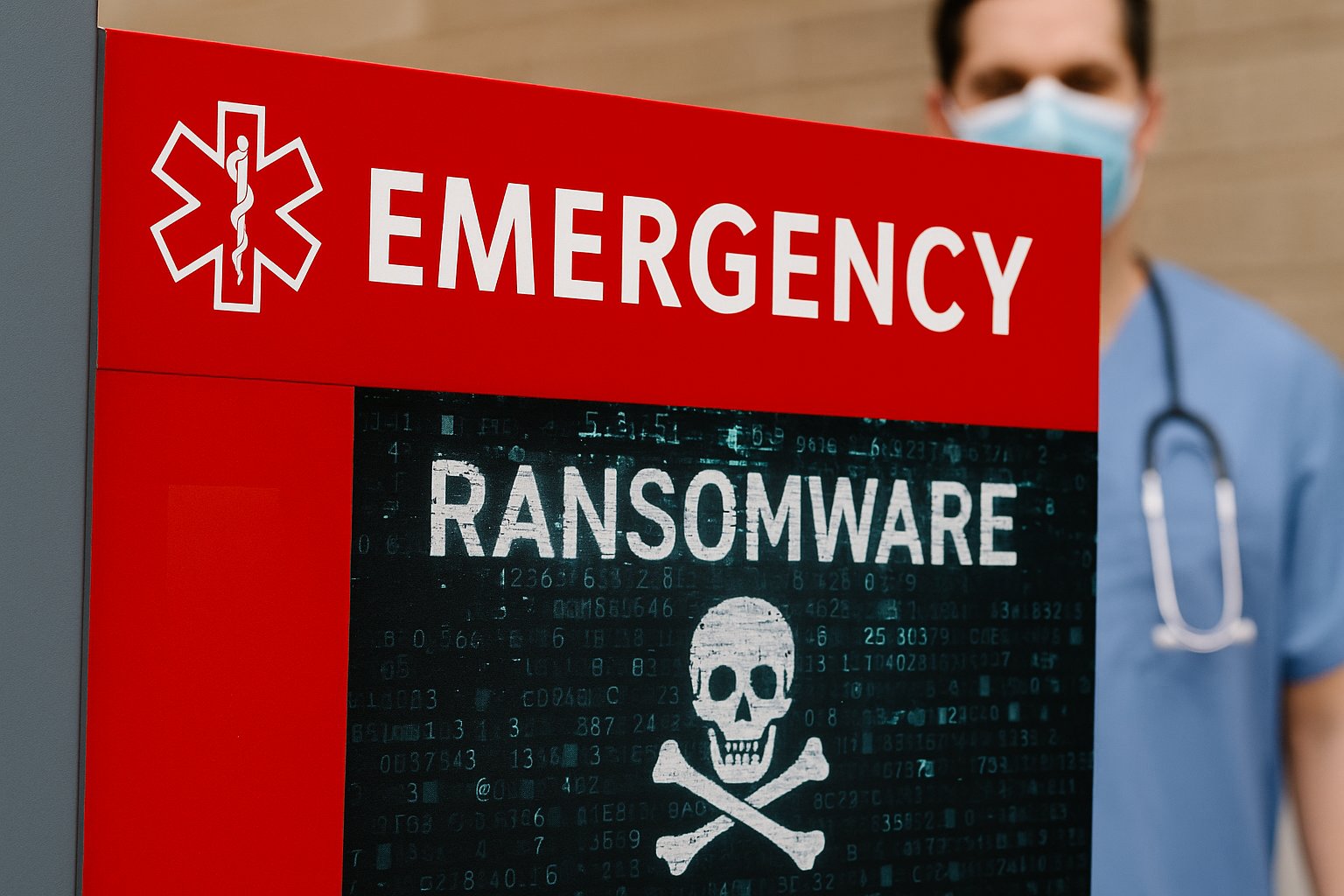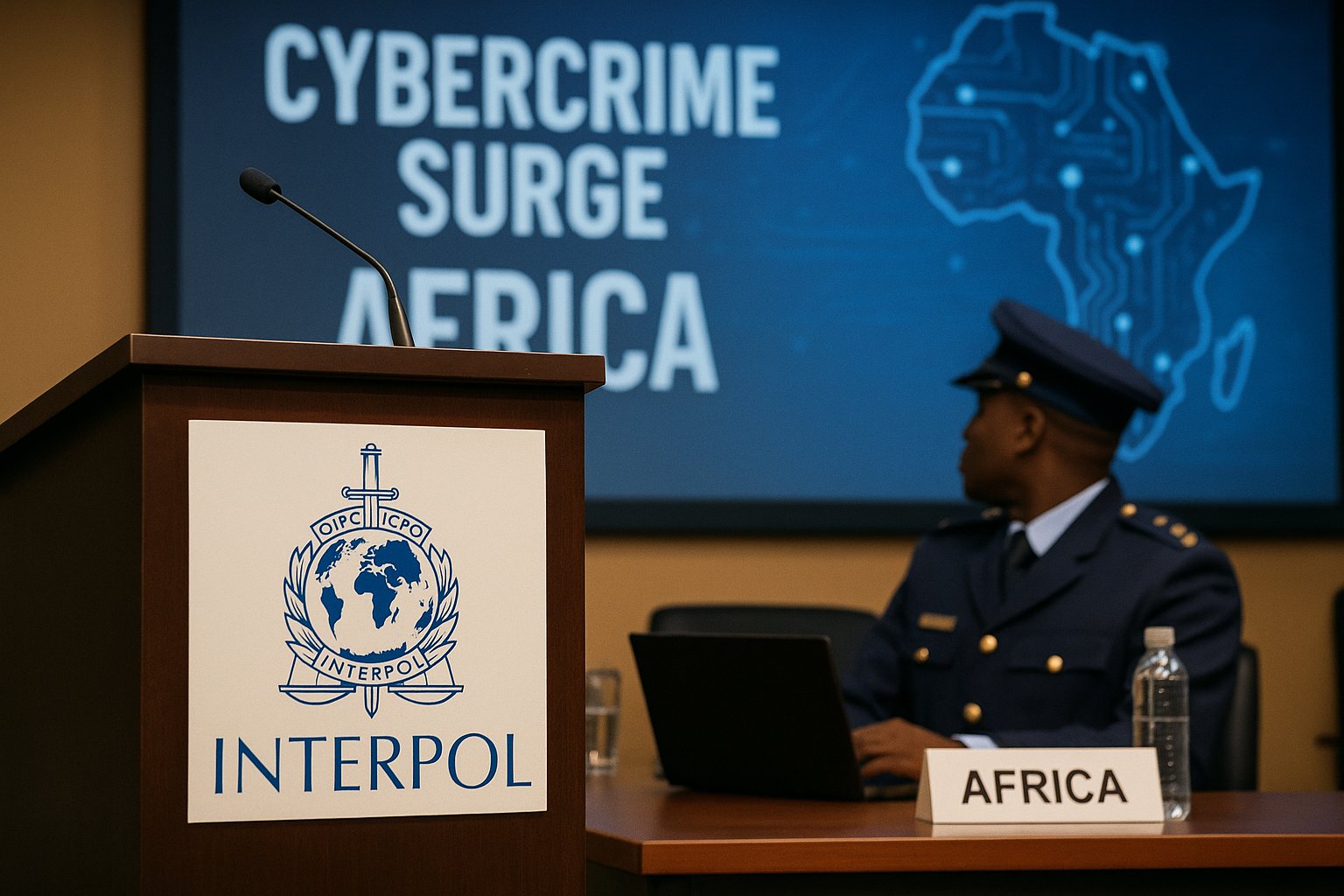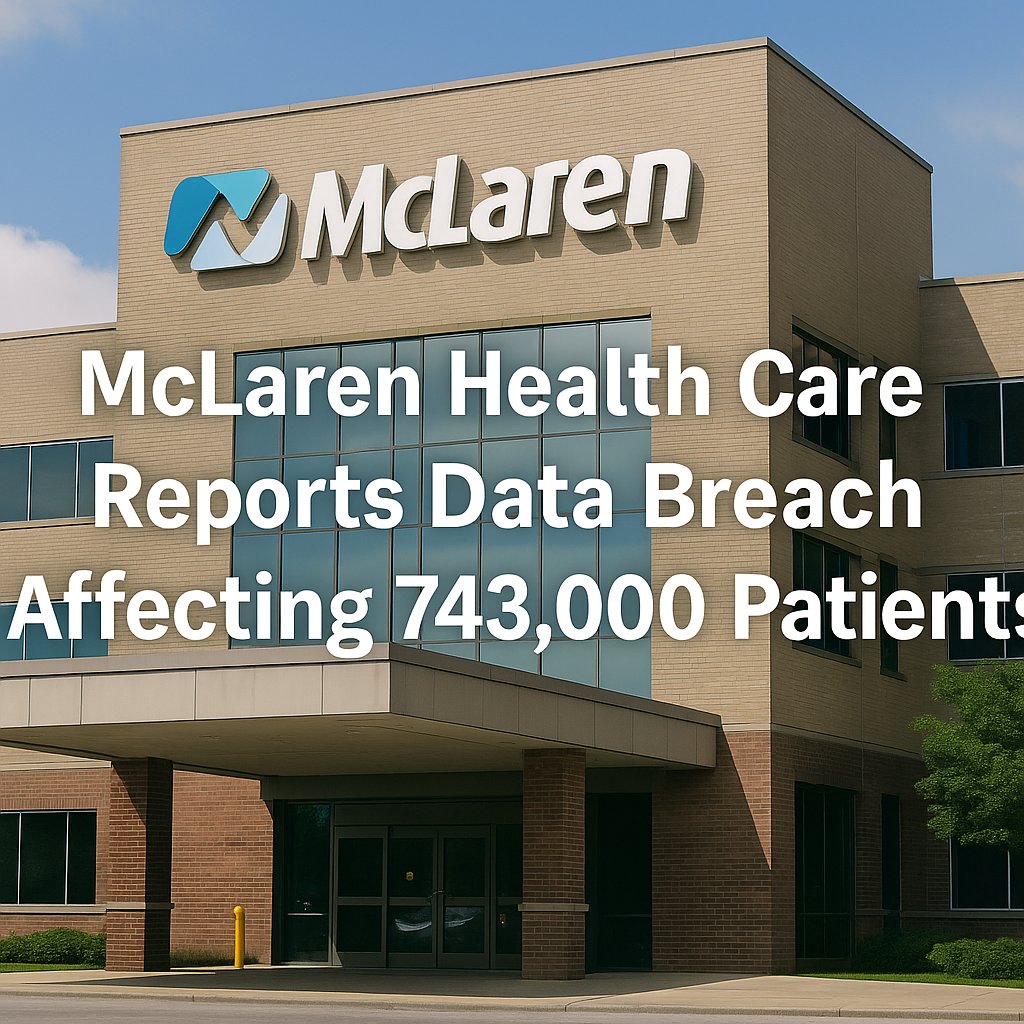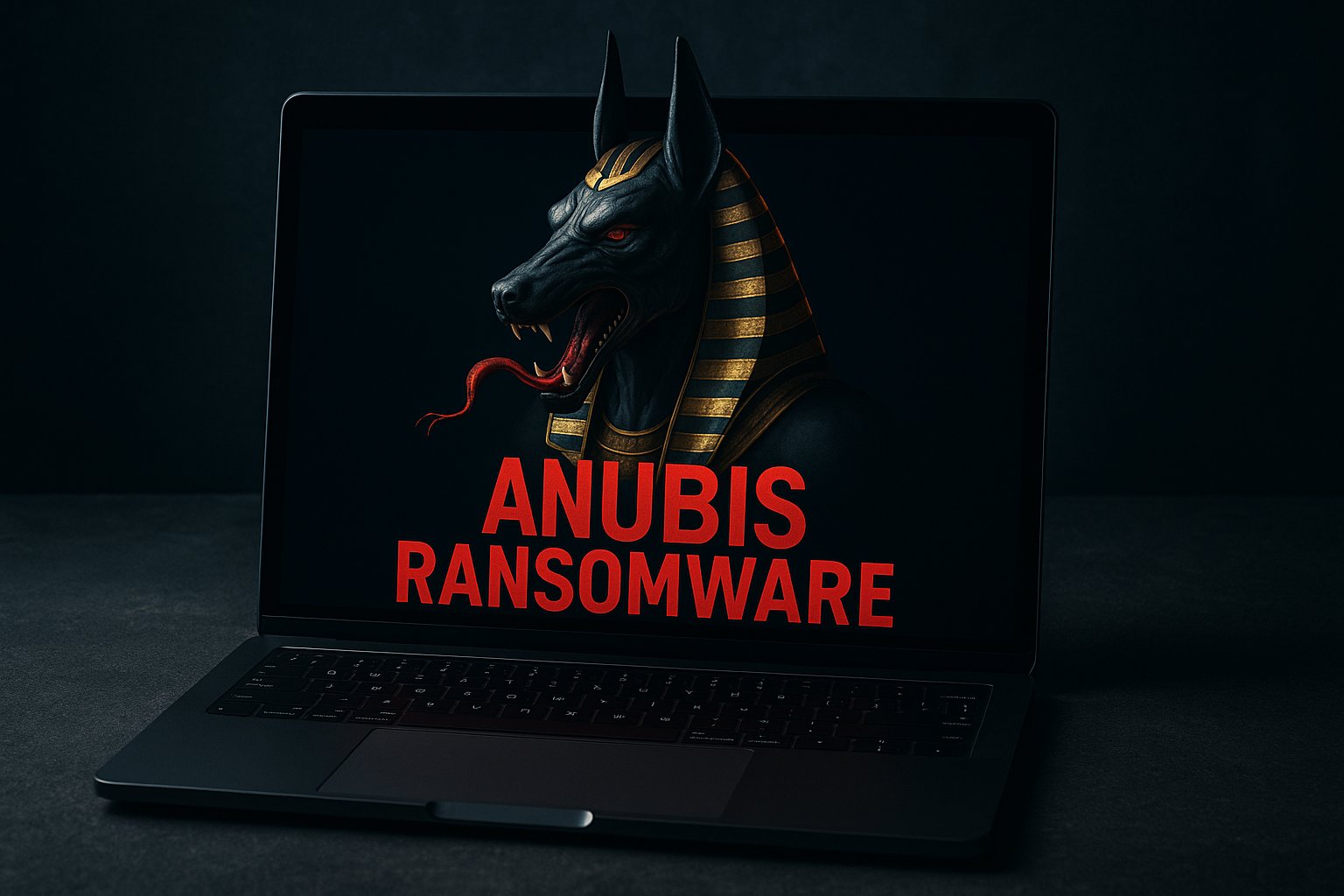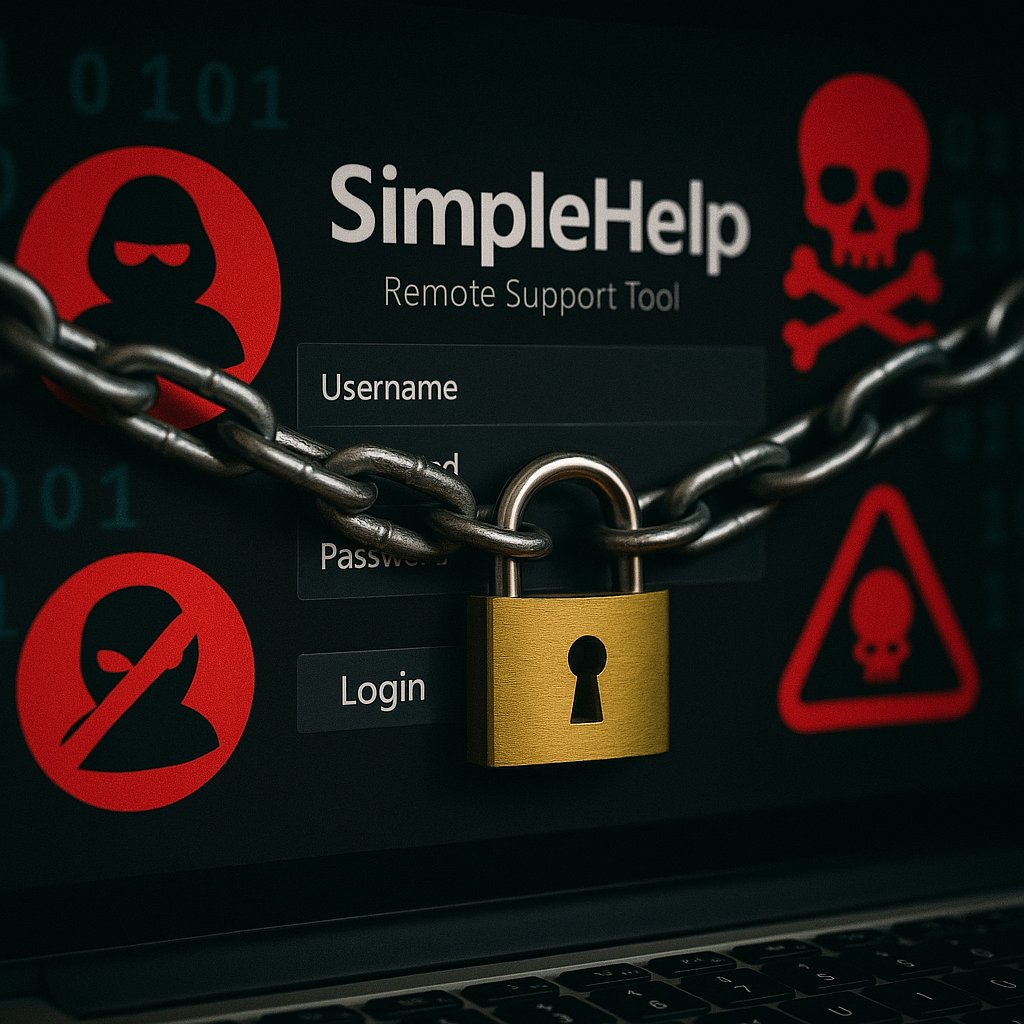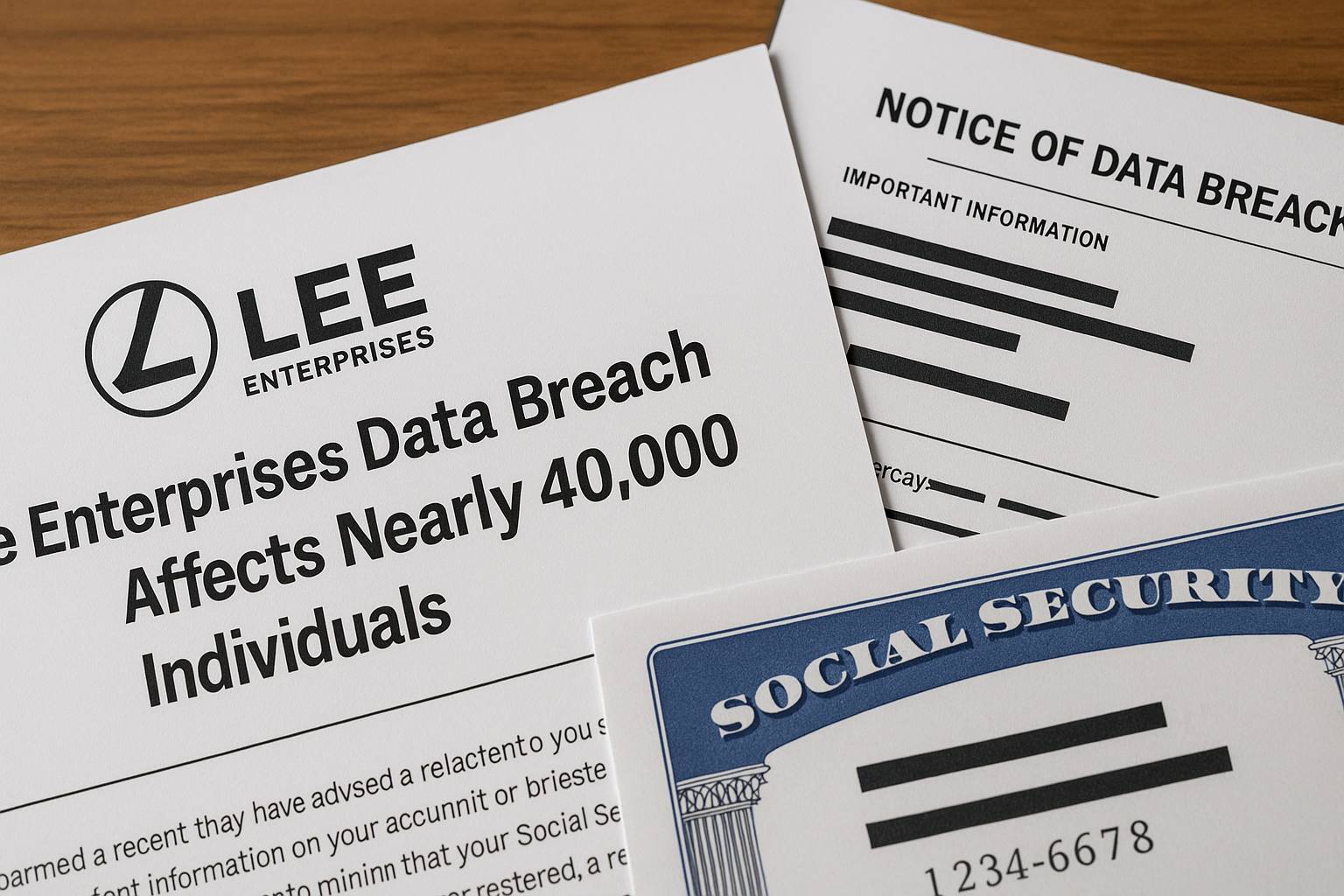Clop Ransomware
-
Ransomware Attacks on Hospitals: A Growing Threat to Patient Lives
Recent ransomware attacks on hospitals in the UK and Germany have underscored the deadly risks posed by cybercrime, transforming once-mundane data breaches into life-threatening incidents. With victims requiring urgent medical care unable to receive timely treatment, healthcare institutions are being pushed to reassess their cybersecurity measures as the stakes have never been higher.
-
Ahold Delhaize Confirms Data Breach Affects Over 2.2 Million Individuals
Ahold Delhaize has reported a data breach affecting over 2.2 million individuals stemming from a ransomware attack on its U.S. systems. The breach has raised significant concerns over personal information security and the implications for consumers and employees alike.
-
Cybercrime Surge Alarms INTERPOL as Africa Struggles to Combat Growing Threats
A recent INTERPOL report reveals a troubling rise in cybercrime across Africa, with digital offenses constituting a significant portion of all criminal activities. The report indicates alarming statistics and underscores the continent’s struggle to combat the escalating threats.
-
McLaren Health Care Reports Data Breach Affecting 743,000 Patients
McLaren Health Care has confirmed a data breach affecting 743,000 patients, linked to a ransomware attack from July 2024. The breaches revealed sensitive information and follow a previous incident impacting 2.2 million individuals.
-
Cyber Crime Crew Scattered Spider Targets US Insurance Companies Amid Ransomware Surge
A rise in ransomware attacks targeting US insurance companies has been attributed to the cybercrime group Scattered Spider, prompting warnings from Google about the necessity for heightened security measures within the industry.
-
Emerging Anubis Ransomware Poses Dual Threat to Victims
The Anubis ransomware poses a dual threat by encrypting and permanently erasing files, significantly heightening risks for victims across various industries, as highlighted in recent reports.
-
CISA Warns of Ransomware Threats Exploiting SimpleHelp Vulnerabilities
CISA warns that ransomware actors are exploiting unpatched SimpleHelp vulnerabilities to target utility billing software providers, urging organizations to update their systems and implement security measures to prevent attacks.
-
Former Black Basta Affiliates Adapt Tactics Amid Ongoing Cyber Threats
Former members of the Black Basta ransomware operation have adapted their tactics, leveraging email phishing and Microsoft Teams phishing to gain access to networks. The report highlights the evolution of these cybercriminals even as the Black Basta brand faces challenges.
-
Ransomware Group Interlock Claims Responsibility for Kettering Health Cyberattack
Interlock, a ransomware group, claimed responsibility for the recent cyberattack on Kettering Health, revealing they stole over 940 gigabytes of data. Kettering Health is currently working to restore systems disrupted by the attack, which remains a significant threat to healthcare cybersecurity.
-
Lee Enterprises Data Breach Affects Nearly 40,000 Individuals
Lee Enterprises has reported a data breach affecting nearly 40,000 individuals following a ransomware attack in February 2025, leading to significant operational disruptions across its publishing network.

